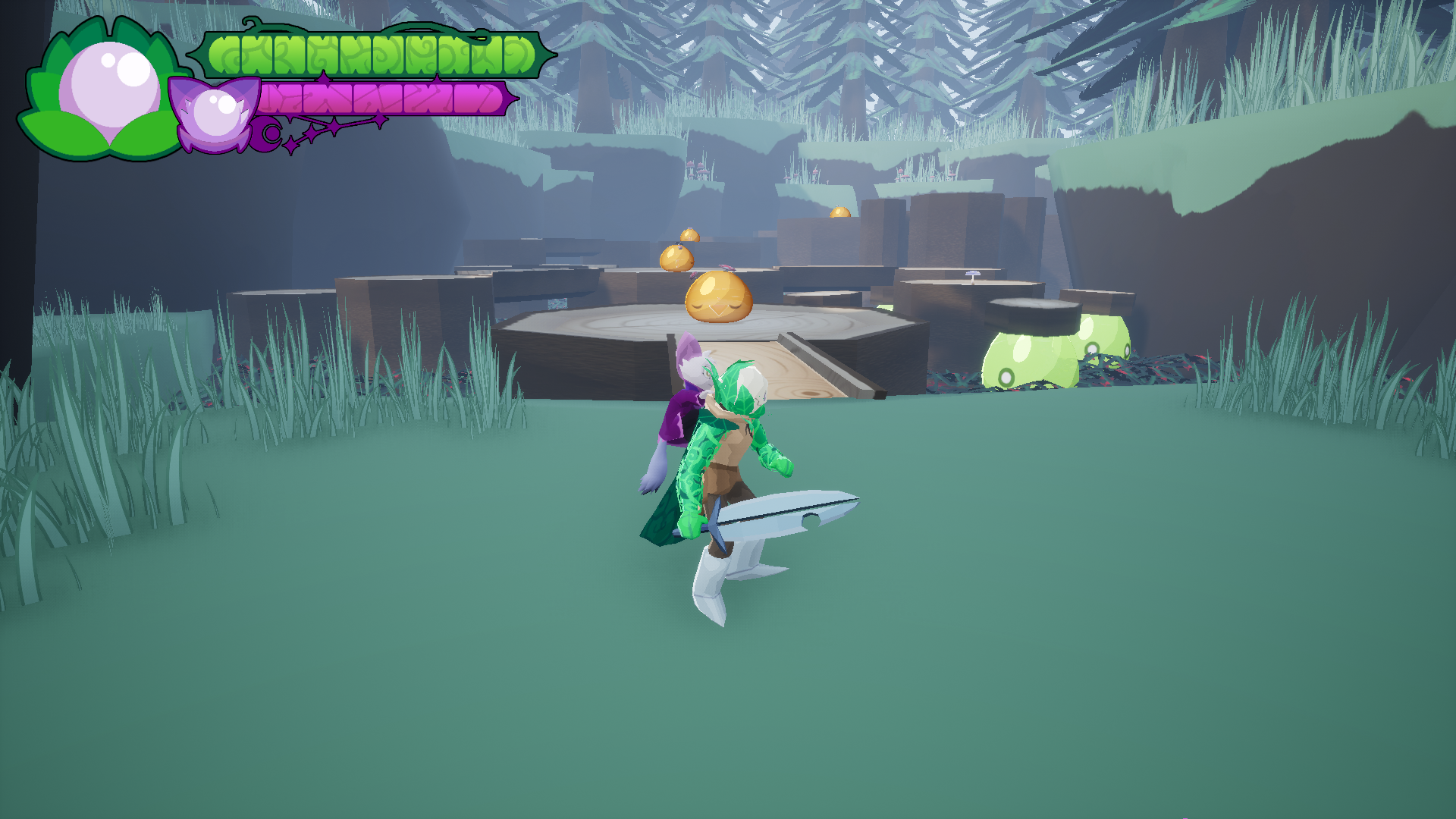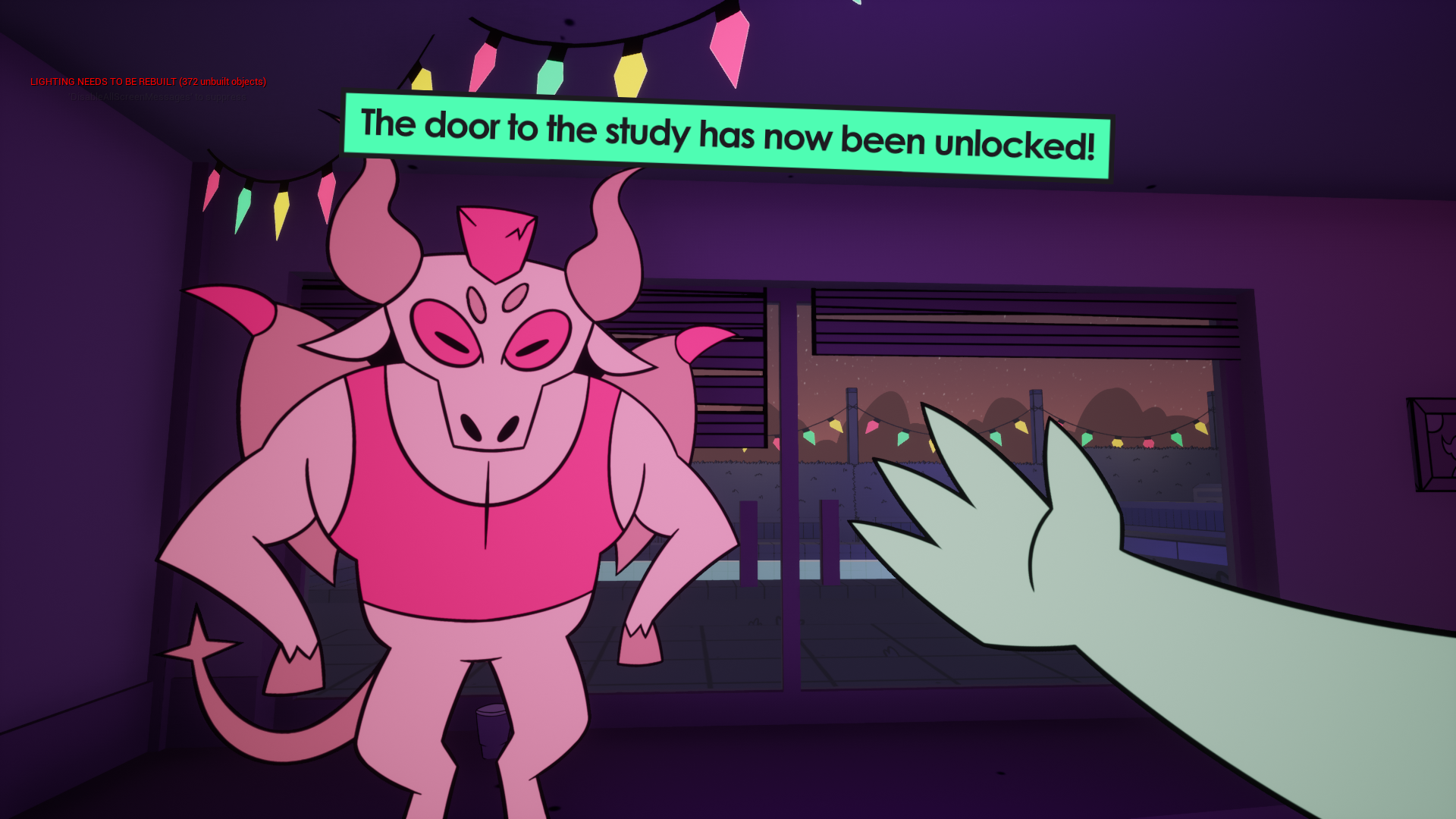Game Dev Diaries: Entry 1 — So, what you making?
Game Dev Diaries is a series of articles and videos that follows a cohort of young game design students as they embark on their final projects. With interviews, insights, and interesting viewpoints, these articles aim to showcase these talented game designers and give you a peek into what it’s like to learn and become an indie games designer through university. For this first article, let’s get to know the next generation of indie devs.
This article is part of an ongoing series that follows a group of game design students as they develop their final projects. These are On The Brink by Holly Stevenson and Jay Sculfor, Cryptid Party by Tia Cameron, and Cauliflower Knight By Edward Hayward, Casey Cooper, and Mihails Mozajevs. Check out the other entries to Game Dev Diaries to see how the games develop and hear from these talented young developers!
Indie games have become one of the video games’ biggest and most diverse categories, and the same goes for its developers. From studios set up by veteran developers to a single person in their bedroom, this area of the industry has continued to grow and flourish, producing some of the best games in recent memory. Now, thanks to the accessibility of tools, engines, and resources, it is easier than ever to try your hand at making games. But what’s that experience like? What are the challenges? How do you turn your knowledge and skills into a viable career? For some like myself, it involves higher education, and in this case, Canterbury Christ Church University.
With their final projects about to begin, I saw an opportunity to explore and discuss the experience of learning about game development through university study. Well, and also showcase some of the up and coming designers and their great work. In Game Dev Diaries, I do just that. With my cameraman Luke at my side and an eager desire to see some cool and unique games, we set about documenting and playing their games and some friendly conversation about their projects, process, and potential futures in the industry. So with arrangements made, I joined the year three cohort during their workshops, learning about their projects and motivations, and I came away more than impressed by the diverse types of games being made and the people making them. It may not be much of a surprise given what this article is about, but it was made clear to me that I was around people who loved what they did, and it showed in every conversation I had.
Jay Sculfor showcased this as soon as they sat down with me. On behalf of their collaborator Holly Steventon, Jay spoke to me about their game On the Brink. In this game, players frantically rush around a spaceship as a robotic penguin (at least for the moment), repairing breaking systems whilst fighting off enemies in a hectic dash for survival. This twin-stick shooter blended with real-time strategy elements draws inspiration from Indie gems like Binding of Issac and FTL, and it’s these games that have helped conceptualise this game and spur on development thus far.

‘I thought that would just make a really cool idea, to have a mechanic kind of character going around very chaotically and fixing everything like a one-man band,’ Jay told me, and what I’ve seen so far looks to be exactly that. The frantic nature of maintaining the ship builds tension, which coupled with the extra challenge of fighting enemies and staying alive has added layers to the gameplay that makes for a very unique play experience. It was impressive, to say the least, and my hope going forward is for this experience to only enrichen each time I see its progress.
Cryptid Party was the next game I had the pleasure of looking at. In this walking simulator, players host a house party for cryptids whilst attending to their needs and learning about their troubles. Why do all this? Well as Tia, the solo developer on Cryptid Party told me, ‘So they can all be happy and dance and stuff!’
‘I knew I wanted to make a walking simulator,’ Tia told me, as well as how she wanted to build upon her experience from a previous project. Though it seems that finding a theme proved to be quite a challenge, from what she told me. ‘It went from cowboys to cowboys in a club, then it went to being outside a club wanting to get in [the club], then from that to house party, to then cryptids.’ Who said games design wasn’t eclectic? I was immediately drawn to just how cool the visuals were in the game. It oozes charm, and it’s simple — yet cute — aesthetic felt like a perfect fit for a more laid back and relaxing game. Now, I’d just like to see some narrative woven through that great setting, to make its characters feel more alive and unique.

The last project I saw comes from the minds of Casey Cooper, Mihail Mozajevs, and Edward Hayward. Their project is Cauliflower Knight, a 3D platformer that felt like a mix of old platformer stables with modern trappings. ‘The main gimmick is that you are switching between two characters that both exist in a level at the same time,’ says Edward, who explains how the two distinct characters each possess different attributes and strengths that players must use to solve the game’s puzzles.
This idea hasn’t been a recent development, with Edward saying that he came up with the idea at a young age whilst playing Pikmin 2, saying ‘I remember as a kid playing that, and thinking it would be really cool if I could do this but it was a required skill to learn in order to explore.’ The result? An approach to level design that empathises the unique traits of the player characters, making for potentially very interesting puzzles and obstacles for players to overcome. So far, it’s looking to scratch that nostalgic 3D platformer itch, with a colourful setting and characters that — even at this early stage — show promise. Now, I just hope to see these mechanics come together into something fun and engaging.
So, all the games looks great and, if it wasn’t obvious, I was very impressed with what I saw. But, aside from their great work and the fun of making games, it’s all about preparing these fresh-faced Devs for the games industry — or any creative industries for that matter. During our 40 minute conversation, Dr Alan Meades, senior lecturer on the game design course, spoke at length about the course’s approach to teaching, and additionally what they are doing differently.

‘What we do is we make that third year into a studio environment. It’s a small studio environment,’ Alan tells me. ‘What we’ve got to do is make sure the students pick up a set of skills through the learning that is relevant and transferable to industry,’ He begins. ‘Our students pick up the soft skills of working together, they learn how to plan their games. So [they] learn how to make their games, and by working with staff as producers, and then people from the games industry as external producers, they become more confident, more articulate and more able to take those next steps.’
More than just teaching, the course provides an environment that encourages students to find their feet. ‘I think our team sees our role as much broader than helping people to make games. It’s about helping people to feel more confident about themselves to realise the skills and abilities that they have.’ It allows students to try out ideas, explore different disciplines and areas of design, see what they are capable of in a safe setting. In essence, it can help people find out who and what they are. I should know, I was one of those people.
It was apparent from my chats with everyone that the course culture had been a huge upside to their time at university. With each game I saw, and each question I asked, I could see and hear the excitement of a creative group of people who — through the hardships and creative struggles of previous years — came into their final projects eager to work. Even with all this talk of the course culture, the support, and the value of university learning, the simple fact is everyone there loves games. Whether they felt destined to end up working on games or it’s a lifelong passion, there was no shortage of people who truly cared about their work, the industry, and gaming as a cultural phenomenon.
‘I’ve always wanted to make games,’ Edward told me, and that seemed to be the consensus for the entire cohort. I left that day feeling intrigued to see what would come these projects in the coming weeks, but as well as that, with a newfound respect for these devs in training.
Thank you to Kyran Broadhurst for stepping in as sound editor for our video content!
If you want to see how these projects develop, be sure to check back for the next entry soon!
Comments are closed.